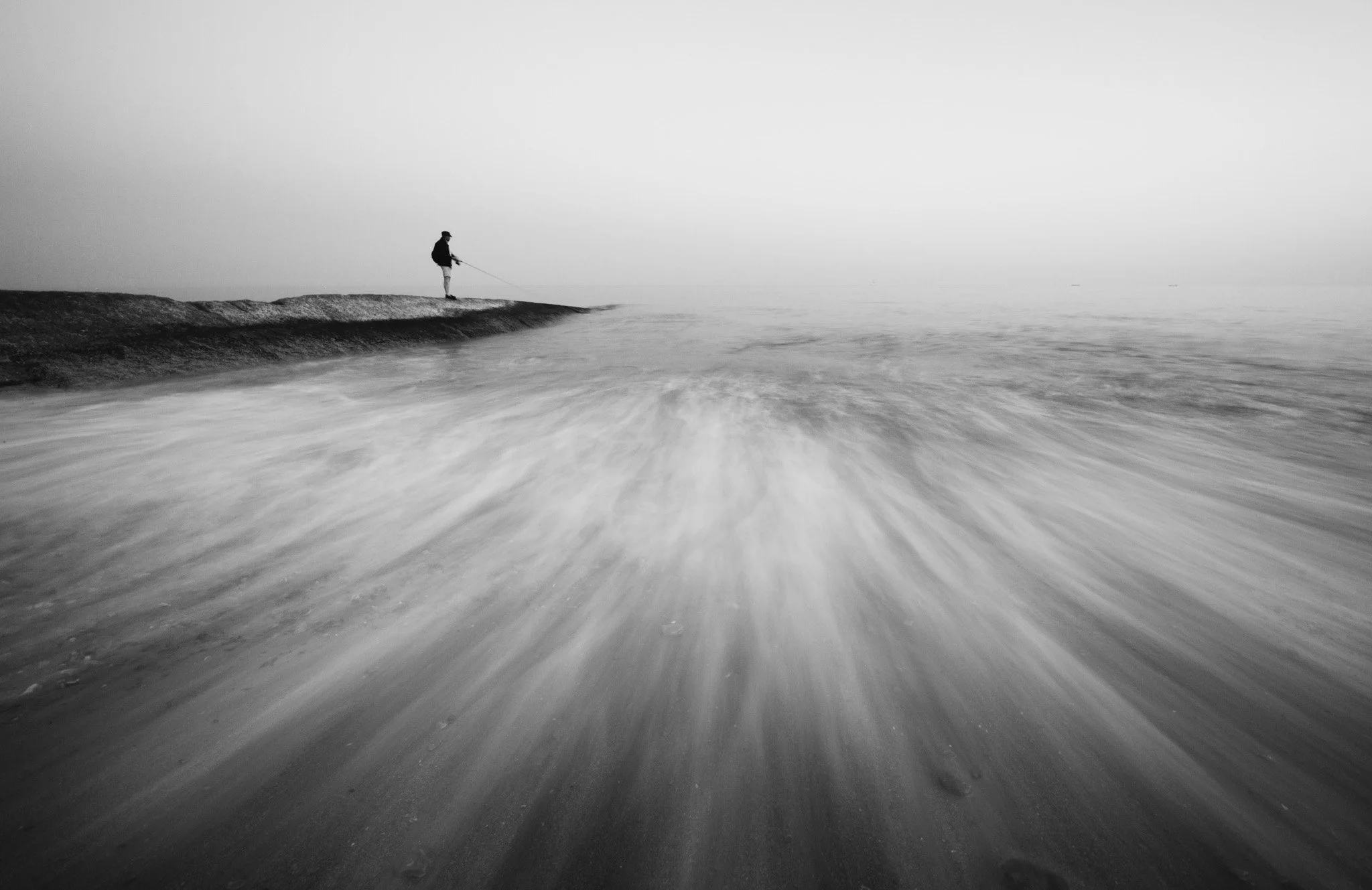The Timeless Allure of Black and White Photography
The Timeless Allure of Black and White Photography
In a world full of vibrant colors, black and white photography has a quiet power. It strips away distractions and allows us to focus on what really matters—light, shadow, texture, and emotion. For me, it’s less about the absence of colour and more about the presence of feeling.
Why Choose Black and White?
Color shows the world as it is. Black and white, on the other hand, shows the world as it feels. It emphasizes contrasts and shapes, draws attention to patterns, and often evokes a sense of timelessness. Monochrome images invite the viewer to slow down, notice the details, and connect with the story behind the frame.
Techniques to Enhance Monochrome Imagery
Light and Shadow – Light is everything in black and white. Soft, diffused light creates gentle gradients, while harsh light can sculpt dramatic shapes and textures. Watching how light interacts with the subject is a practice in patience and observation.
Composition – Without color to guide the eye, composition becomes crucial. Lines, patterns, and framing take center stage, turning ordinary scenes into compelling stories.
Texture and Contrast – Rough bark, rippling water, or weathered stone—texture comes alive in monochrome. Strong contrasts make an image pop and give depth to otherwise simple scenes. For tips on experimenting with these techniques, you might find resources like Adobe’s Black and White Photography Guide helpful.
The Emotional Approach
For me, black and white photography is about slowing down and noticing the details. Sometimes I shoot straight in black and white, letting the camera capture the mood in the moment. Other times, I shoot in color and later realize in post-production that an image works better in monochrome. Either way, removing colour allows me to focus on the essence of the scene—the light, the form, the emotion.
Every black and white image I create feels like a small act of discovery. It’s not just about what I see—it’s about what I feel, and what I hope the viewer feels too.
